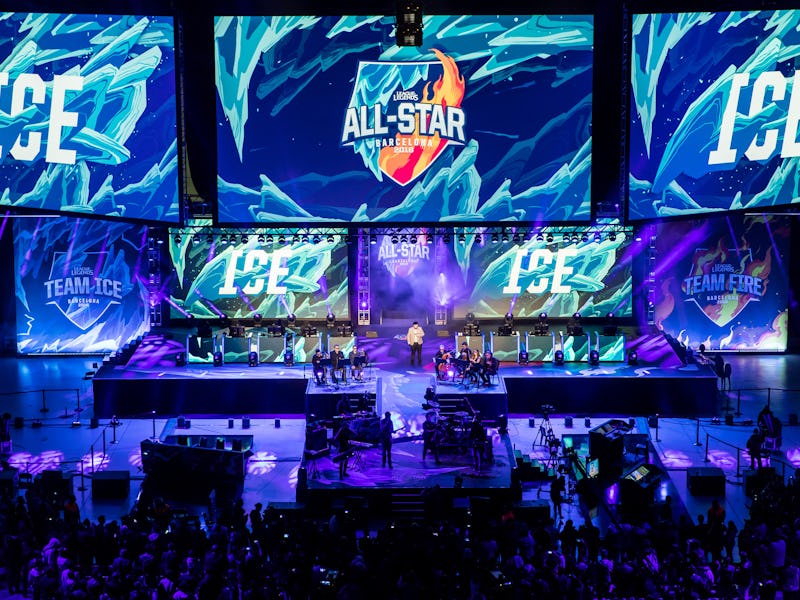If there’s one defining characteristic of 2016 when it comes to esports, it is this: investment. Developers releasing and supporting the competitive scenes for their titles, old-school media institutions finally staffing up to cover esports in general, and publishers striking deals that’ll be in place for years to come that have major implications for the ecosystem as a whole. But will this investment pay off? One way or the other, 2017 will make or break esports.
For example, Blizzard released their “hero shooter” Overwatch in the middle of 2016, and the company has already ran several competitive events since then. But Blizzard’s also going all in with Overwatch League, the newly established competitive league for the game. Other games have leagues, of course, but the developers of Overwatch are aiming to take that a step forward with each major team in Overwatch League representing specific cities.
That moves esports further towards traditional sports. Just like the NFL has, say, the Pittsburgh Steelers or the Indianapolis Colts, Overwatch will — if all goes as planned — soon have city-based teams across the country and eventually the world. This is all meant to provide some stability to esports, but it’s also all still up in the air.
Overwatch League is only just now taking shape.
The initial combine, where players will be invited and compete in order to “distinguish themselves” prior to season play, isn’t set to happen until early 2017. It’s after that when teams will actually sign their rosters, and then it’ll shake out exactly which cities are going to be represented. It’s possible that not nearly enough owners buy into the model, leaving the league anemic and floundering.
That’s just one game in a larger ecosystem that’s beginning to lay those foundations. League of Legends seems to be testing the waters for regional teams too. In a perfect world, local chapters would have teams competing in several different games at once, but that’s unlikely to happen at any point soon. But journalistic outlets are already staffing up for it.
Both ESPN and Yahoo launched online verticals specifically devoted to esports in 2016. The staff for both is practically a who’s who of esports coverage prior to the formation of both, with a heavy focus on popular MOBAs and a side of just about everything else from Street Fighter V to Call of Duty. The style of coverage has been fairly broad, with something of an emphasis on analysis, especially at ESPN.
When we talk about esports, we're talking about a whole ecosystem.
It’s hard to say whether both are successful, mostly because that depends on what Yahoo or ESPN consider “success” to be in this arena. They’ve certainly been turning out interesting coverage, but as 2017 moves in and the spotlight shines a little brighter, the new year full of everything from the Capcom Cup to the Call of Duty World League will be daunting on its own. That’s not counting anything that hits the ground running in 2017. After all, Overwatch didn’t exist in 2015.
Perhaps the biggest question mark of for esports (in the United States, at least) comes in the form of the incoming President of the United States. Esports is increasingly becoming a globalized thing, with players from all regions competing against each other in some form. Some organizations even have detailed guidelines on how many foreign players can be on a team in a given league, and the constant shuffle of rosters is in part interesting due to the influx of talent from other countries. Whether that freedom remains only as complicated as it is now — rather than getting infinitely more complicated — remains to be seen. Regardless, it’s going to be an interesting year.
